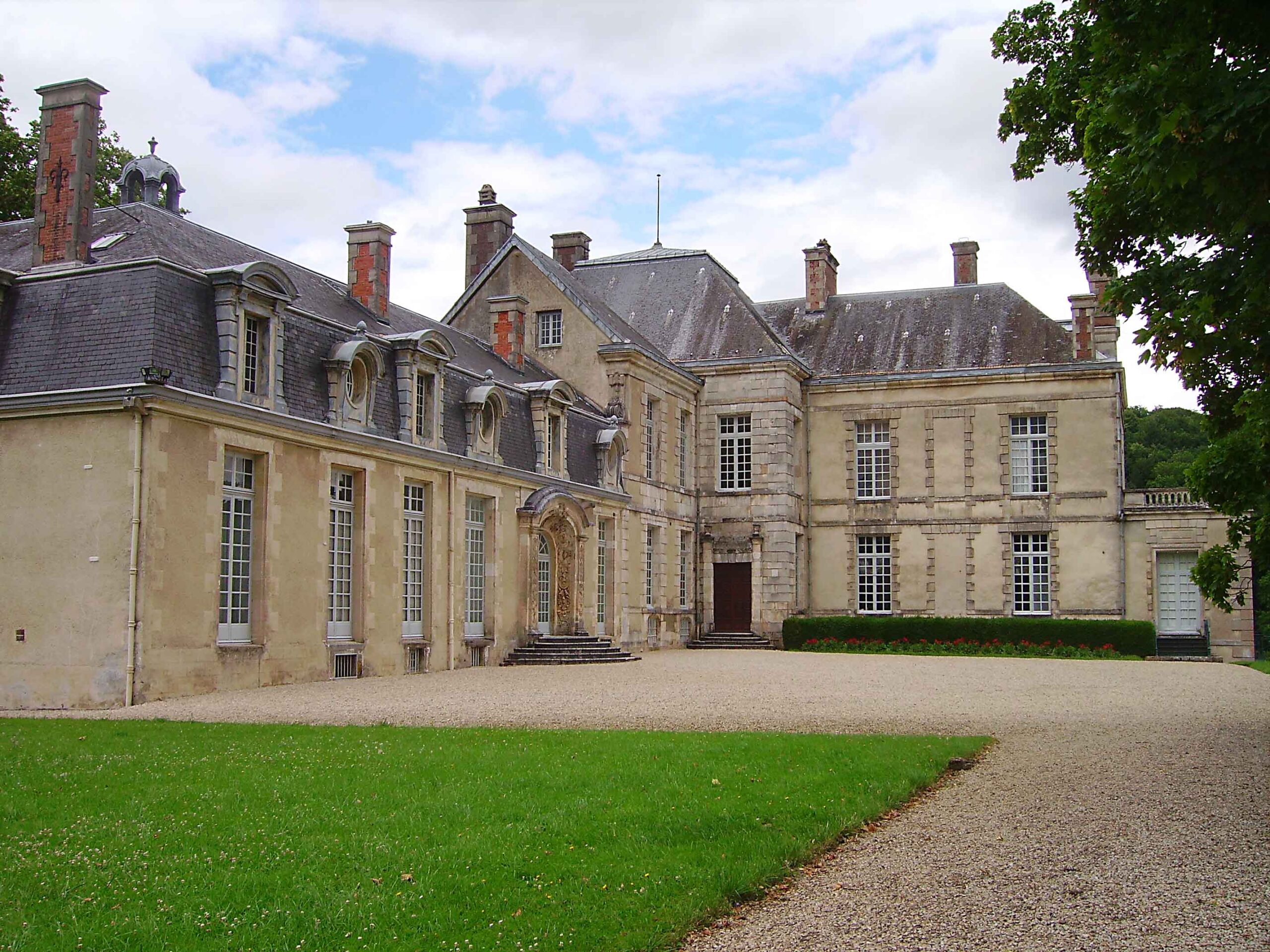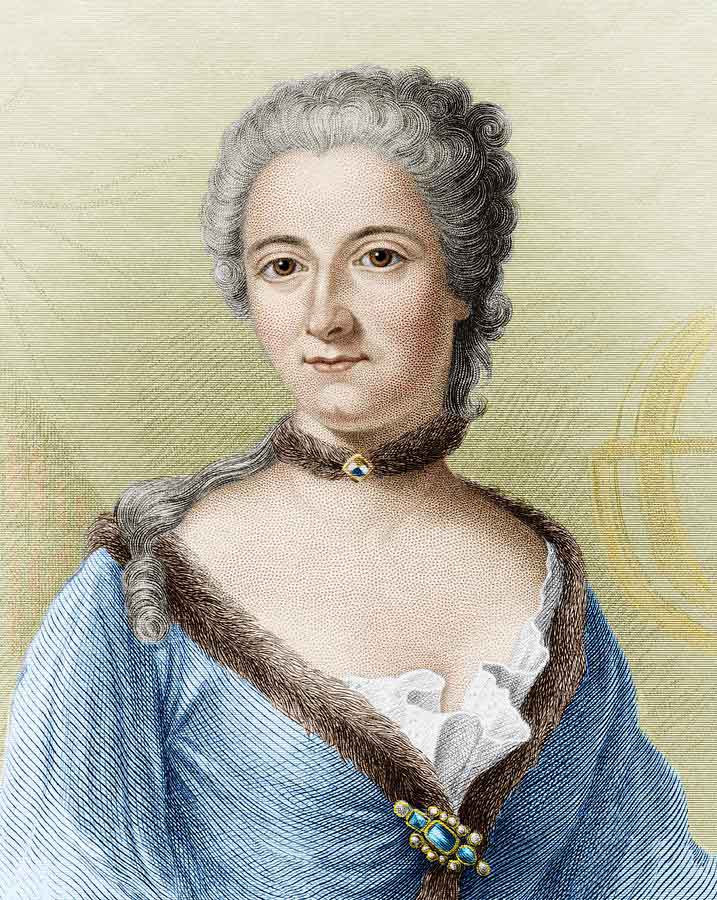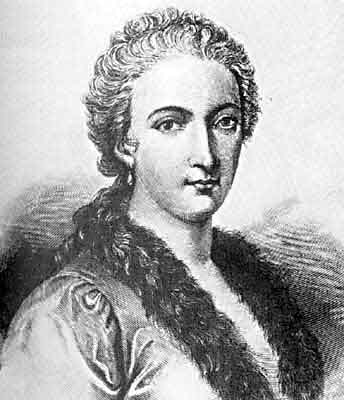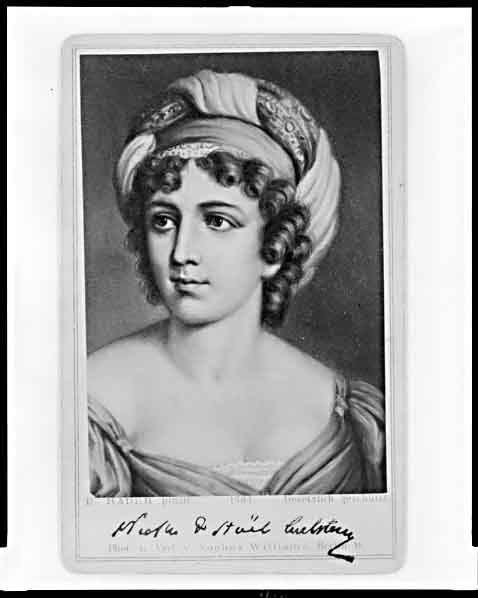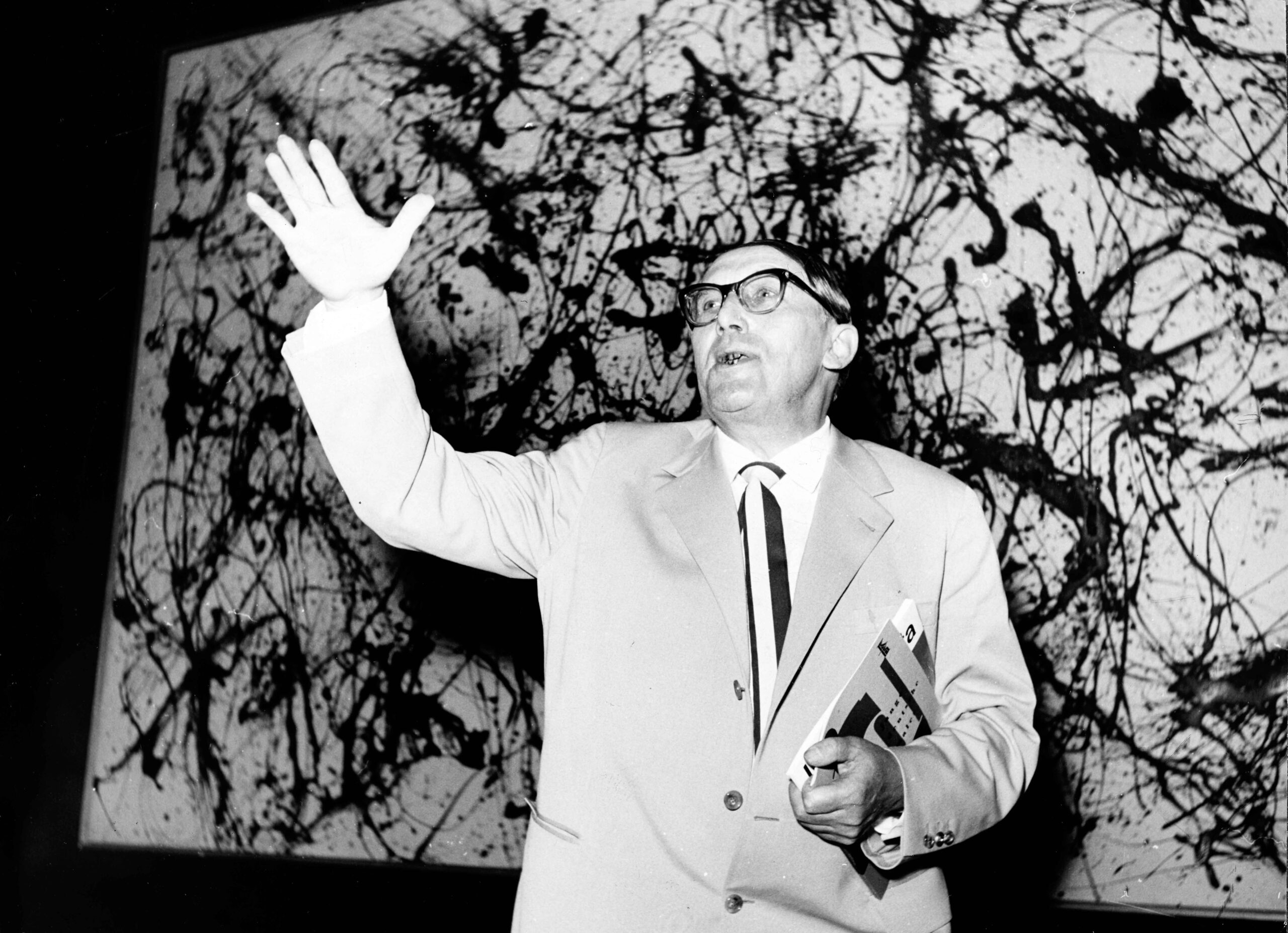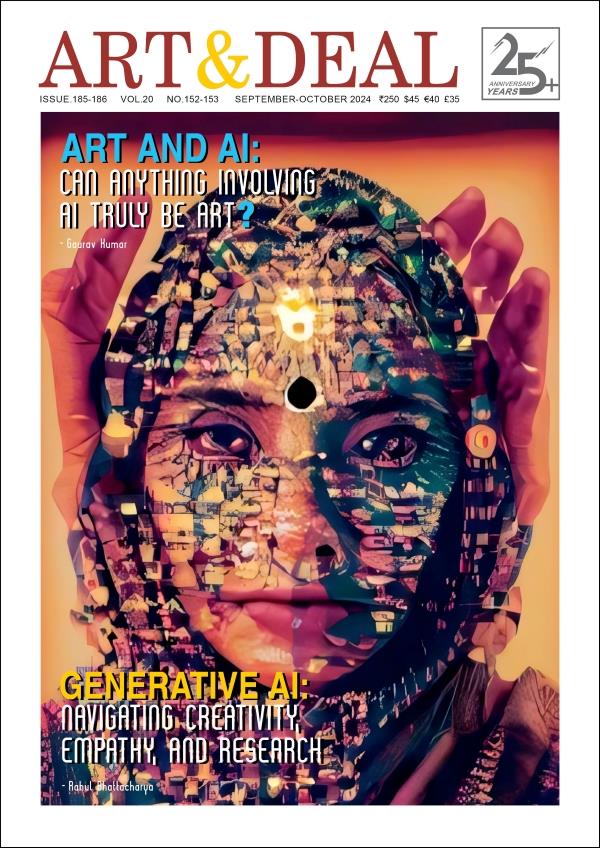DARE TO KNOW– Horace
“BEGIN, BE BOLD AND VENTURE TO BE WISE”– Horace
Immanuel Kant, the author of – What is Enlightenment? describes Enlightenment as man’s emergence from immaturity which is not only a lack of understanding of the self and things in life but rather a resolve and courage to use one’s own mind. The self has to be courageous to break himself from shackles of immaturity to be able to exercise his/her mind towards freedom. So, if this is true of the public then only Enlightenment is possible.
A section of the people will plant irrelevant rituals, customs, and social prejudices. But when people start thinking and use their minds fearlessly, then they finally take revenge on those or their predecessors who have authored those fanatic restrictions. Continuity of prejudices throughout centuries can stifle the unthinking masses to further stillness, akin to a dead child in mother’s womb. How to overcome such a situation of stagnation. For Enlightenment nothing is required but freedom to make use of one’s reason in all public spheres. The public use of reason must always be free and then it alone can Enlighten us. The private use of reason may be very restricted without really obstructing the progress of Enlightenment but public use of one’s reason, especially that of a scientist, a writer, artist or a scholar makes rationality before the entire community and the Nation.
Enlightenment is the release from the irrational frame of mind, while renouncing the naughty name called intolerance, obscurantism and rigid rules dominating our life-systems including matters of religion, literature, and sciences.
Age of Enlightenment – Women’s literature, science, and reason
To begin with, we may talk about the epistolary of art, the private letters, often read in public salons, were very elaborate and there were hardly any boundaries between letters and literature. Importance should be given to these salons, held by women like Mme de Tencin, Mme du Deffand, Mme Geoffrin, Mme du Lespinasse or Mme d’ Epinary. The salons became a place of intellectual life where thinkers, authors, scholars, and artists met. Baron Grimm, a German frequented them assiduously and kept literary correspondence throughout Europe. In the eighteenth-century philosophers and scientists questioned the religious, political, economic, and social foundations of the society. France, England, Italy, and Germany were at the heart of this intellectual movement.
It was necessary to give the name Enlightenment which enlightened the peoples mind through a vast intellectual, philosophical, and scientific movement which dominated the world of ideas in Europe throughout 18th century whose fundamental characteristics were rationalism, scientific temper, freedom of thought, through the rejection of metaphysics and religious prejudices. For reason and enlightenment to triumph, philosophers, scientists and artists and writers wrote to fight against religious and political authority against all those who wanted to limit human knowledge and prevented the exercise of critical thinking.
The idea of individual freedom coincided with the idea of freedom which in turn manifested with the rise of bourgeoisie. A new class of people who tirelessly worked towards greater political and religious freedom, despite strict censorship, book- burnings and policy of exiles. It was perhaps the first sign of the libertine literature. France, Germany, Italy, and England were the epicenter of this movement throughout Europe.
Emilie du Chatelet (1706- 1749) – The first scholarly woman
A singular figure of the Age of Enlightenment may have appeared to us as the Muse of Voltaire, but she was the first woman to devote to science. She brilliantly intervened between the proponents of Newton and Leibniz. Leibniz formulated the hypotheses that the energy of an object, called “live force” before being called ‘kinetic energy” was proportional to its mass … and the square of its speed. Her work was the translation and commentary from Latin to French, the book of ‘mathematical principles of natural philosophy’ of Isaac Newton, commonly known as Principa. Emily learned many languages and aspired to all the pleasures of life, from gambling to acting. She took lovers including the mathematician Maupertuis. In 1733, she met Voltaire, who was equally passionate about science and in particular Newton whose works he discovered during his exile in England. Together they spent ten years discussing philosophy, science and theatre. Voltaire before leaving Paris, took Emilie’s manuscript and published in The Netherlands which remained a reference point until the end of the 19th century.
“…I have observed that the mind rusts more easily than iron and that it is even more difficult to restore to its first polish.”
Emilie du Chatelet
“…my husband says that he is my head and my superior, that in he is taller than me by more than an inch, that he is hairy, and that consequently, I owe him everything and that he owes me nothing.”
This was long before women’s rights were thought of. Emilie was an unusually well-educated woman in the 18th century France. By the age of ten, she had mastered Latin and by the time she was twelve, she was reading and writing fluently in English, Italian, Spanish and German. She was an accomplished musician and she took acting lessons from Corneille and Racine. She was interested in Descartes’ theories of analytical geometry as they were connected with the relationship between mind and matter, between soul and body. Emily was seriously involved with the Parisian salons and often she was in touch with the members of the Academie Francaise and Academic Royal des sciences which became an integral part of her social, intellectual, and cultural life.
Emily’s love for Voltaire led to her becoming an integral part of the enlightenment circle. A common admiration for Locke and Newton cemented Voltaire’s attachment to Emilie who lived for 15 years in the Chateau of Cirey. It is during this time Voltaire wrote Elements of Newtonian philosophy in collaboration with Emiley.
Maria Gaetana Agnesi (1718-1799) The first woman of science and education
“Pen and Paper not needle and spindle”
–Maria Gaetana Agnes
A young woman from Milan, Maria passionately defended women’s rights to education in a public lecture written by her Latin tutor, Gennelli when she was only nine years old. She said:
“I consider it worthwhile today to reveal to my illustrious audience … How contrary
To the truth is the opinion of those who suppose that the studies of the
Liberal arts are judged unsuitable in women.”
Emilie and Maria are the two women who are seriously engaged in value education. They were two woman mathematicians who worked during the 18th century and probably the only published woman mathematicians who participated in the discussions and debates with the Cartesian, Newtonian and Leibnizian ideas prevalent in European scientific circles. Agnesi’s Propositiones philosophical a series of essays on natural philosophy and history was published in 1738. Emilie and Agnesi may have known each other because Emilie’s much-talked-about book, Institutions de Physique was published in 1740. And its second edition which was translated into Italian in 1743 as Institutioni de fisca was found in Palazzo Agnesi’s library in Milan.
Agnesi was among the four Italian women who defended women’s right to education during the period of the Italian Enlightenment (1740-1789). Agnesi’s sixth thesis in the Prolegomena of the Philosophical Propositions powerfully glorifies mathematics as the perfect science towards attaining truth. Agnesi’s handwritten notebook Ambrosiana is called as the ultimate goal and natural happiness. Generally, this study revolves around natural happiness that is connected to knowledge deriving from the love of God. Agnesi’s education in philosophy, ethics and metaphysics follows a long tradition of the concept of love, knowledge, memory, and happiness.
Agnesi’s scientific work Instituzioni Analitiache was written for the use of the Italian youth. Her work was purely pedagogical. She addressed her work to a collective and genderless ‘youth’. This discursive act was consistent with her early ‘Oration” in defence of women’s education. The oration was performed in 1727 at the Palazzo Agnesi in Milan to display the talent of her sister Maria Teresa, who was a talented musician. Those evenings were organized in the form of ‘conversaztione’. These were intellectual dialogues and debates in natural philosophy during the mid-18th century.
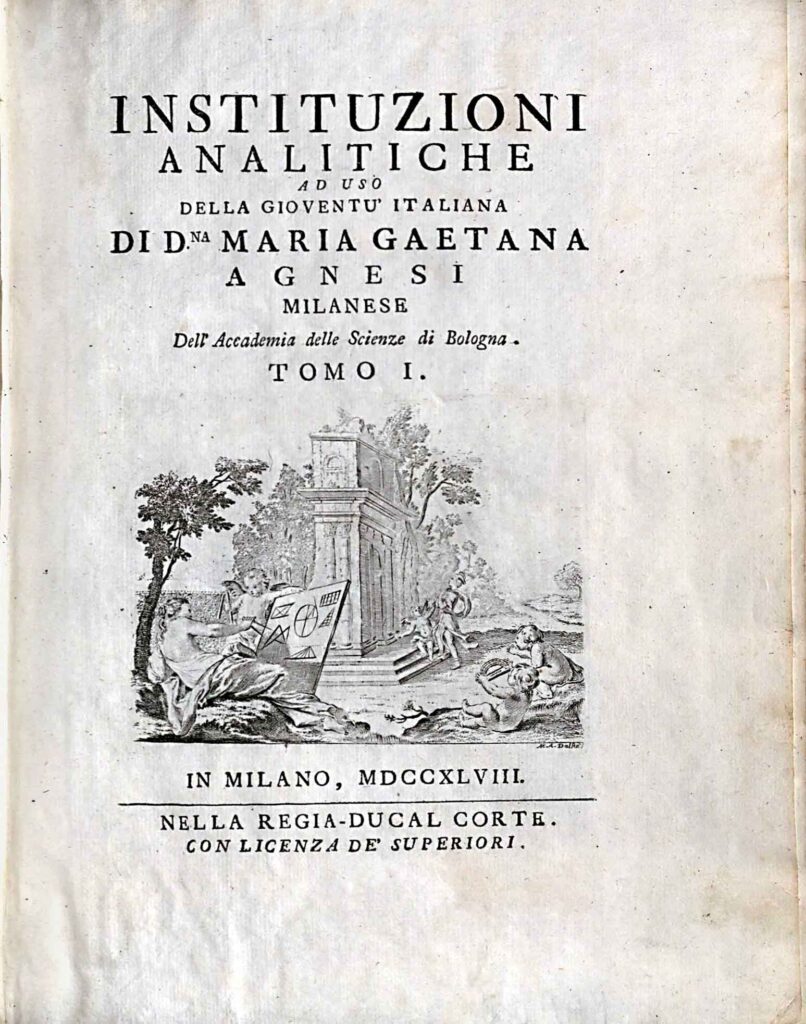
Analytical Institutions for the use of Italian youth) by Maria
Gaetana Agnesi,
In 1722, Eleonor Barbapicolla (1700-1740) translated Descartes’s Principles of Philosophy and argued that the weakness of the female sex was not natural and could be surpassed through the study of philosophy and science. This view further contributed to the important debate on women’s right to study science and fine arts. It is unique that Agnesi started her investigation on women’s education in the context of Pythagoras’s daughter and sister’s educational background asserting that both were trained to transmit knowledge. Hypatia, the wife of philosopher Isidore was an exceptional person in this regard. From antiquity to Agnesi’s time, the lineage diversifies. First, Agnesi refers to Cornelia Piscopia, who had the distinction of getting public honor of the philosophical laurels of Padua, and also the Dacaria who threw light on the works of Homer.
From antiquity to early modern times there have been disruptions and disputes in the continuity of the rights of women’s education. Despite the counterarguments, Agnesi’s Analytical institutions in 1748, enhanced her reputation as a renowned mathematician throughout Europe.
Emilie du Chatelet and Maria Gaetana Agnesi were the two women scientists, mathematicians and philosophers of the 18th century who were so close in their belief and orientation, yet so far away, geographically distanced. But what connected them was their brilliance and their contribution to science and mathematics which is being studied today. They were truly exceptional women.
Madame de Stael (1766-1817)
De Stael’s mother Suzanne Curhood ran an extremely well-regarded Salon in Paris, entertaining such luminaries as Voltaire and Diderot. Like her mother, she became a popular Salonniere and captivated a wide array of foreign dignitaries, liberals, nobles, wives, and mistresses. De Stael was politically a centrist. She wrote numerous political pieces as well as novels, plays and literary criticisms. Her book – An appeal to nations against the continental system, is an example of her vast knowledge of current politics and her loud disapproval of Napoleon’s policies. De Stael clearly states her interest in public welfare over personal interests. De Stael’s Considerations on the principal events of the French Revolution was a classic liberal opinion. She was silenced by Nepoleon through censorship and banishment. De Stael’s unique perspective combined with a sharp intellect and an elegant style illustrates the French tradition. This book was hailed as a genuine hymn of freedom based on an understanding of what makes freedom possible and a sharp analysis of the social, historical, and cultural context within which political rights exist. The book is in 6 parts, each part carries the various social, cultural, and political aspects of the reign of Napoleon. De Stael was a highly opinionated woman with huge self-esteem. Her visit to Germany was of mixed response from the German intellectuals and writers. She cast a disdainful eye on the social life of the country. But she rejoiced at the ‘wide diversity of men who gathered at the Salons’. She found extremely talented women in Berlin but lamented that they were not in the mix of men. Yet she felt German women were superior to men. The Salon era in Berlin began in 1780 when Henriette Herz hosted the first Salon. But it soon evaporated when the French army marched into the city in 1806.
Berlin Salons
The Berlin salons developed in the late 18th century with a huge contribution from wealthy Jewish women who were trying to come out from the patriarchal structures. There was a meaningful interaction between the German Enlightenment and the educated and rich Jewish women. The structure of Berlin salons was built on the principles of French salon tradition, that of the 18th-century bourgeois salons. Compared to Paris, Berlin society was much more conservative. The Jews were stigmatized by the Prussian law and took a long time to develop. Lack of education was the main cause. The lifestyle of the Jewish changed radically after the Seven Years War (1763), the daughters from the aristocratic families became the first Jewish Salon women. Most important were Sara Levy (1761-1854) and Fanny von Arnstein in Vienna.
Moses Mendelssohn (1729-1786) encouraged the Jewish to take part in secular education and literary activities in Berlin. The rise of the Jewish women’s salons was augmented by the enlightenment philosophy, its social ideas, such as liberty, equality, and fraternity. These ideals played a crucial role in bringing various educated individuals together from different religious groups. In fact, the salons of Jewish women formed a meeting ground of whoever wanted to break awayfrom the traditional Christian society.
Henriette Herz took part in early reading societies and she may be regarded as the first Salonniere in Berlin. Henriette was a close friend of Dorothea Schlegel. Henriete entertained elder champions of enlightenment who discussed scientific and philosophical questions along with some young men who drank tea and read poetry as well as prose. Scholar and writer Karl Philipp Moritz (1756-1793) was a regular visitor in the Herz salon, installed the cult of Goethe in tis salon.
Rahel Levin, another young Salonniere went one step ahead and instead of a literary salon created a conceptually different one, that of a philosophical and psychological one. She suffered from two broken engagements which made her restless with a generous heart. Rahel was more interested in knowing the minds of the living people, their thoughts, and their feelings. Understanding people and things was her passion, that was her position as a “Mother Confessor” to various interesting personalities. Influenced by the English philosopher Anthony Ashley Cooper, Earl of Shaftsbury (1671- 1713), she was convinced in believing that societal cliches and prejudices must be countered to be in tune with the changing world and the process of change the self. That is why she was considered an original Salonniere, the moving spirit of Berlin salons.
Goethe was an important constant in these salons. One of the Berlin Salonnieres in 1790’s was Sara Meyer (1763-1828). Several educated women who did not own salons in Berlin, were frequent visitors to these salons among them was Dorothea Mendelssohn Veit who met Friedrich Schlegel at Herz’s salon and later married him.
Notes
1.Emilie and Maria worked at the height of scientific controversies which originated in the 17th century. Copernicus’s new astronomy, Rene Descartes’s new dictum of individual freedom and Isaac Newton’s mathematical laws of the universe were playing havoc in the old society of Europe. Emilie and Maria’s scientific works were marked by the fundamentals of physics whose founding fathers were Descartes, Newton and Leibniz
2. Sara Meyer (1763-1828) Sara Meyer led one of the most important and influential literary salons in Berlin. She also benefited from her friendship with Goethe. She met him in Karlsbad and was her lifelong admirer. Goethe sent unpublished manuscripts to her to be read in her salon. Sometimes, he also sent actors to read them.
3. In my first essay on the Third Sphere I had set the premise on Jurgen Habermas’s theory of Public Sphere. Habermas did propose an interim or the existence of a third sphere connecting the private and public, that of the women’s role and participation in the new rising bourgeois. I am not repeating the basic premise in this essay.
4 There are some scholars who stress the issue of participation focusing on the exclusionary character of the early public sphere and the gains won by those who fought to enter it and transform it. Several other scholars including Sayla Benhabib, Nancy Fraser, Geoff Eley, and Mary P. Ryan focused on the issue of gender, an exclusion that Habermas noted. The gendered character of the early public sphere is also less clearly linked to the theme of transformation by ‘massification’, than its exclusion on class grounds, inclusion of the small number of elites, and literate women would not have transformed the bourgeois public sphere into a mass. However, Michael Schudson focuses on the extent of participation as an essential dimension of publicness, a key criterion for evaluating the public sphere.
References
1.E. Ehranmak – Mme Du Chatelet, Scientist, philosopher and feminists of the Enlightenment, 1986
2.Elisabeth Badinter – Emiie, Emilie- Feminine Ambition in the 18th Century-1983
3. Herodate.net (Emilie du Chatelet)
4. Emilie du Chatelet, Stanford Encyclopedia of Philosophy.
5. Marie Tamboukou – Exceptional women on science education- Emilie du Chatelet and Maria Gaetana Agnesi, 2023.
6. Judith Zinser (edited) – Emilie du Chatelet. Selected philosophical and scientific writings, 2009.
7. Bernard Mandeville – The Fable of Bees, or, Private vices, public benefits, with an essay on charity and charity schools. And research into nature of society, 1924.
8. Maria Gaetana Agnesi – ‘The studies of the liberal arts by the female sex are by no means inappropriate, 1772, (in the context of knowledge edited and translated) Rebecca Messberger and Paula Findien, 2008.
9. John Bennet – The Newton wars and the beginning of the French enlightenment, 2008
10 Immanuel Kant – Answer the Question: What is Enlightenment? Translated into English by Daniel Fidel Ferrer, 2013.
11.Mark Harrison W – Women’s march on Versailles, World history of Encyclopedia
12. Hollie Mcdonald – Social Practices of the 17th Century London Coffee Houses: An EXPLORATION OF CLASS AND GENDER, 2008
13. Miles Rosalind – Women’s History of The Modern World: How Radicals, Rebels and Every Woman Revolutionized the Last 200 Years, 2021.
14. S I Spencer – French women and the Age of Enlightenment, 1984.
15. Deborah J Bates – The Portrayal of women in contes of Voltaire, A Thesis submitted for Master’s degree in McMaster University, 1995
16. Petra Wilhelmy – Dollinger: Berlin Salons: from 18th century to early Twentieth Century, in Jewish women’s archive.
17. Dena Goldman – Eighteenth century salons: The convergence of females and philosophic Ambitions, Eighteenth Century Studies, vol 22, 3, Special issue – The French Revolution and culture, 1989.
18. Dena Goldman – The Republic of Letters, 1994
19. Joan B Landes – Women and public Sphere in the Age of French Revolution, 1988.
20. Craig Calhoun (edited) – Habermas and Public Sphere, 1992.
Read More>> Please Subscribe our Physical Magazine